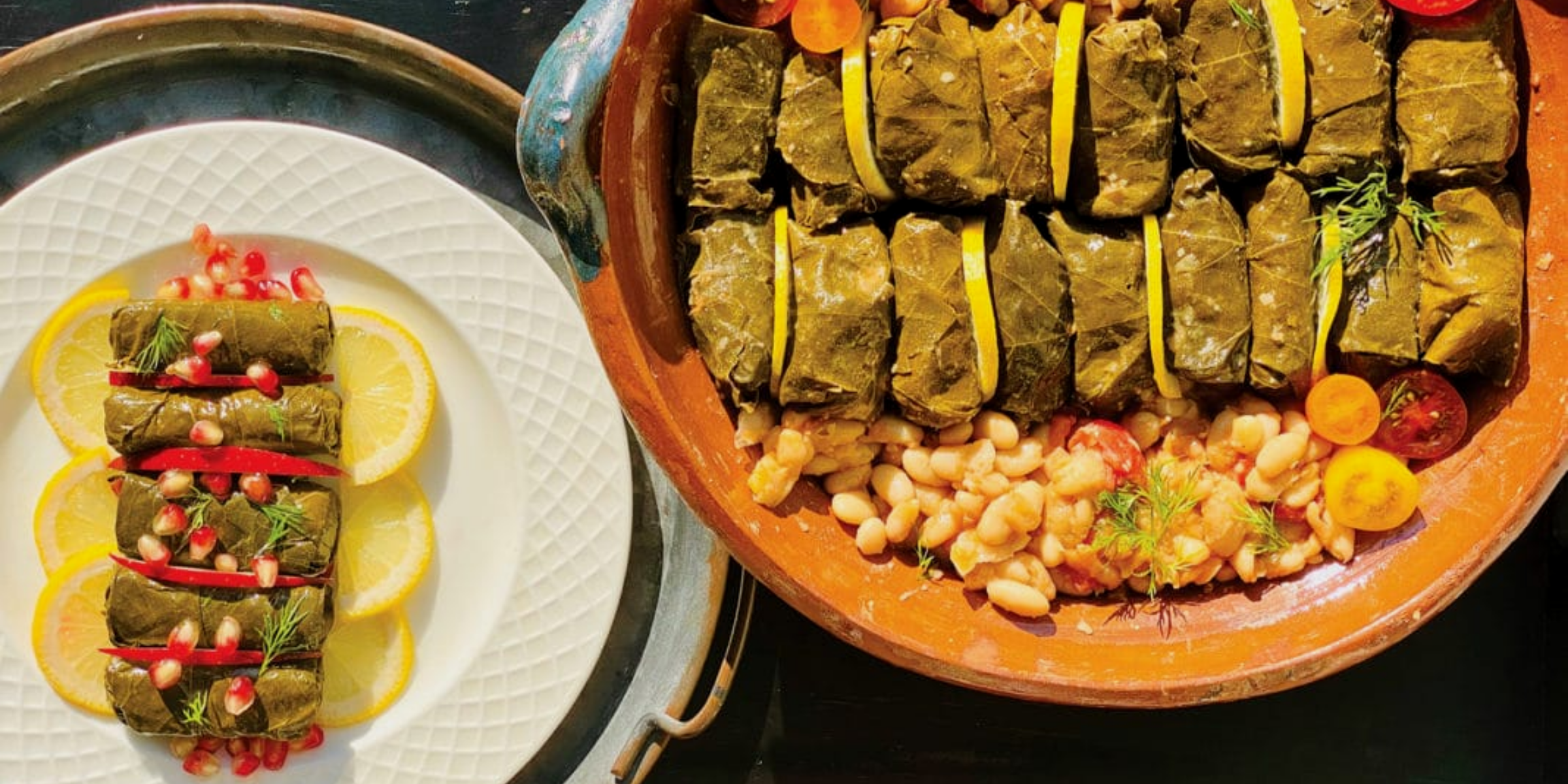
The highlight of the Sukkot holiday has always been nabbing an invite to the Sheff family’s sukkah party. Every year explored a new theme, ranging from “Mariachis and Margaritas” to “Western-Style Beers and Barbecue” to “Moroccan Cigars to Cuban Stogies,” not to mention the memorable night that famous Armenian singer John Bilezikjian brought his oud and we had an authentic Middle Eastern hafla (party). We were reminiscing about these fabulous parties and how Rachel would need a vacation after hosting each one.
That same day, an email from an old friend popped into the inbox of Rachel’s husband, Neil. Attached was a video from the first sukkah party that Neil and Rachel had hosted as newlyweds in their backyard in Westwood. It’s crazy to go back in time and see all that the camera captured — the friends who ham it up and the ones who avoid the camera, the earnest dvar Torah and the funny ad libs. And the hair. Enough big hair to give “Jersey Shore” some serious competition.
When Neil shared the video with our group, one friend said, “Thank you to the SEC (Sephardic Educational Center) for bringing us all together and for lifelong friendships. And long live big hair.”
These days, it’s all about the next generation: our children and their friends from the SEC Israel Hamsa Trips.
Sukkot is the holiday that God dictates that we dine al fresco, under the stars in a temporary hut with family and friends. We commemorate the 40 years that the Israelites wandered in the desert, we remember the pilgrimages that our ancestors made to the Holy Temple in Jerusalem and we rejoice in the bounty of the fall harvest.
For Sephardic families, Sukkot means vegetables such as peppers, onion, eggplant, zucchini, tomato and, of course, vine leaves, stuffed with any combination of rice, parsley, mint, pine nuts, lemon and/or ground lamb or beef.
While the origins of stuffed grape leaves may be Greek, the chefs of the Topkapi Palace in Istanbul served these exotic treats to the sultan and his exalted guests. Eventually, this food became an integral part of the cuisine of the Mediterranean, Syria, Iraq, Iran and Central Asia. The Jews of central Europe adapted the recipe by substituting cabbage leaves for the difficult-to-obtain grape leaves. Thank goodness, you can pick up a jar of marinated grape leaves from the market.
We hope you enjoy the recipes Rachel learned to make to honor her husband Neil’s Rhodesli culinary heritage.
YALANGI (RICE-STUFFED GRAPE LEAVES)
1 onion, chopped
7 tablespoons olive oil, separated
2 cups rice, rinsed
4 cups water, separated
2 teaspoons salt
1 teaspoon pepper
2 tablespoons parsley, finely chopped
Juice of 4 lemons, separated
32-ounce jar grape leaves, rinsed and drained
-
Sauté onion in 1 tablespoon oil until golden.
-
Add rice, 2 cups water, salt and pepper, and cook rice according to package directions.
-
When rice is almost cooked through, add parsley and juice of 2 lemons and cook until all liquid has been absorbed.
-
Allow rice to cool.
-
Stuff leaves with teaspoon of rice mixture and roll leaves into small cigars. Arrange tightly in pot.
-
Cover with 2 cups water, juice of 2 lemons and 6 tablespoons oil.
-
Place dish on top of grape leaves, cover pot with lid and cook for 10 minutes.
-
Then reduce heat and cook for 1 hour.
Best served same day. Do not refrigerate if serving same day cooked.
Can be frozen, defrosted, reheated and served at room temperature
Serve cold as an appetizer.
Makes 50-60.

